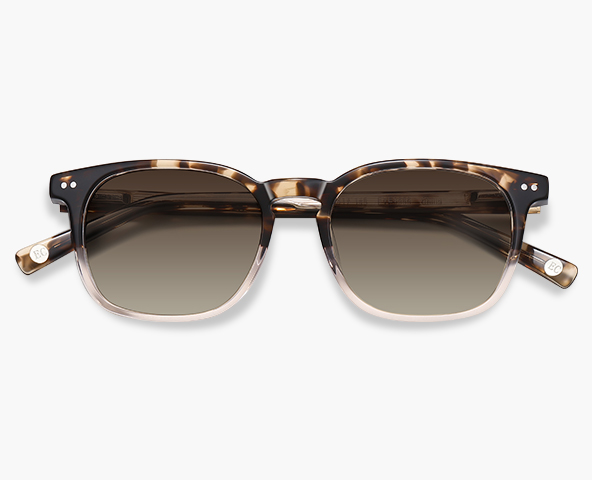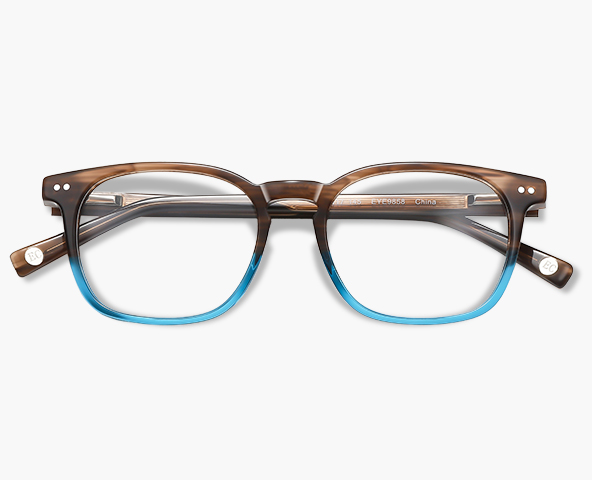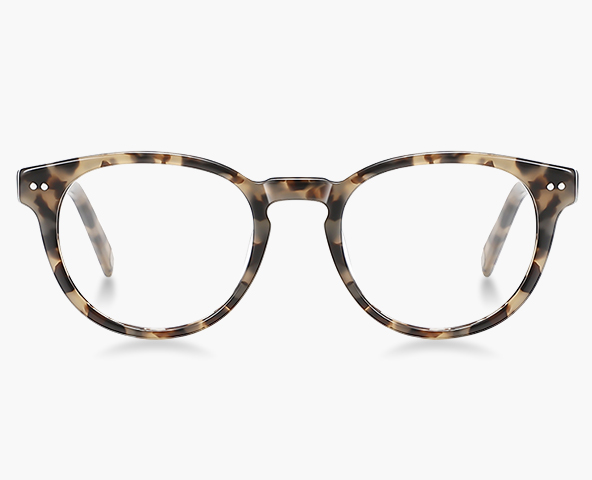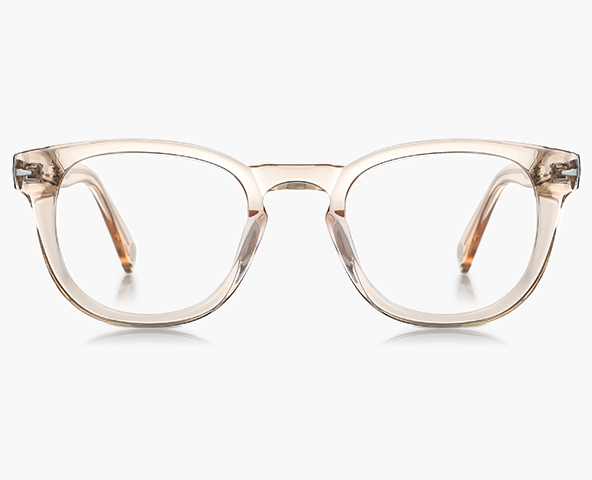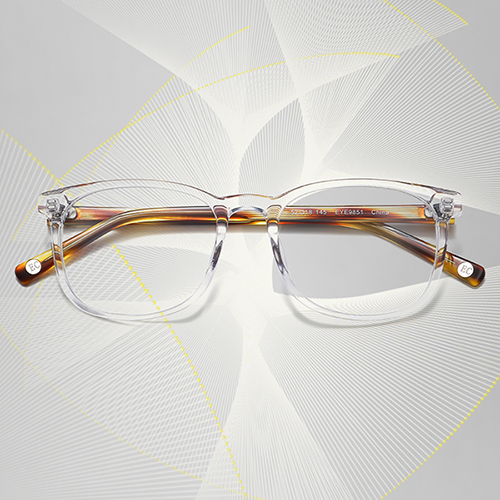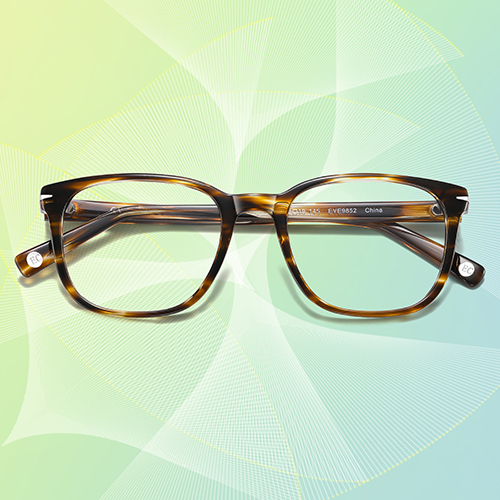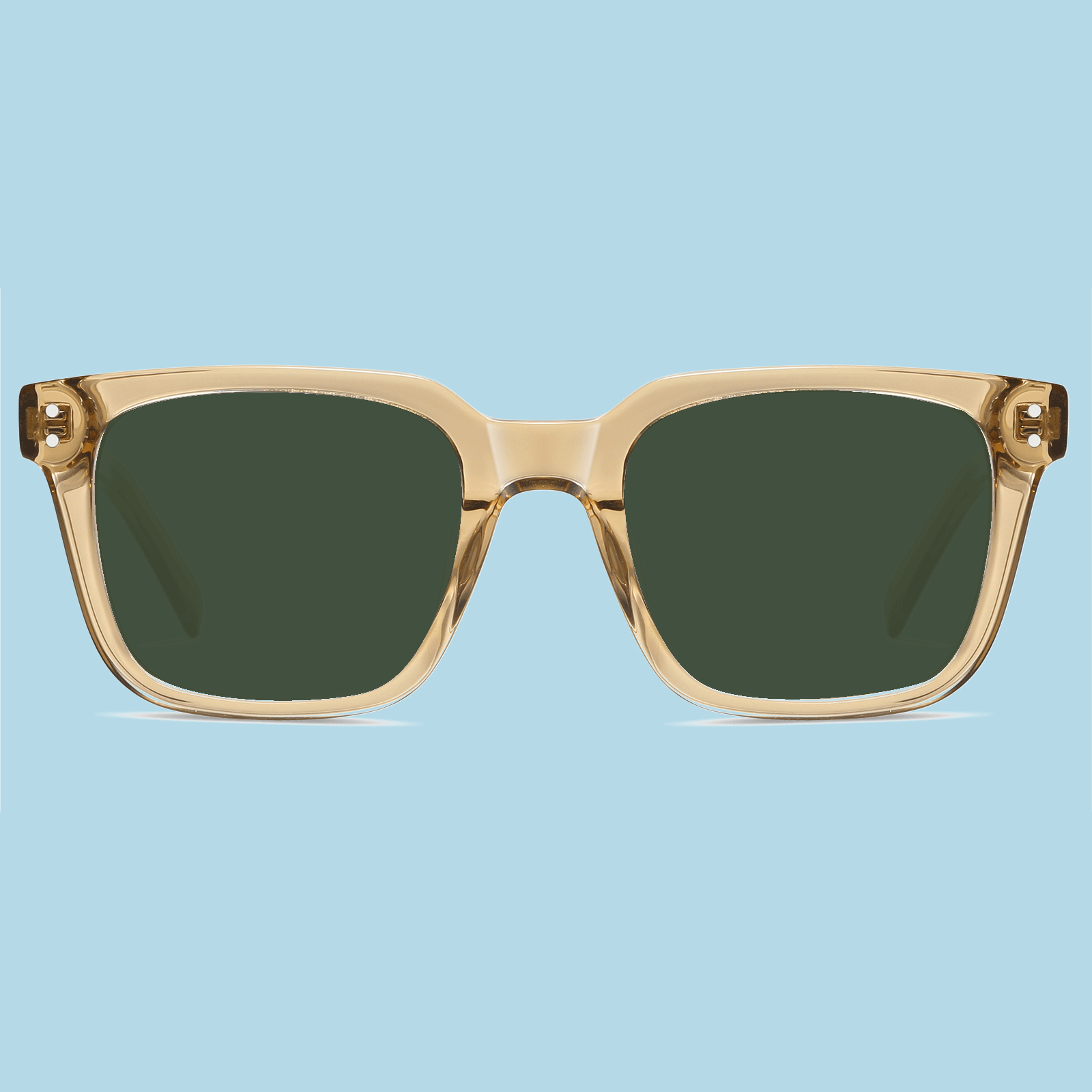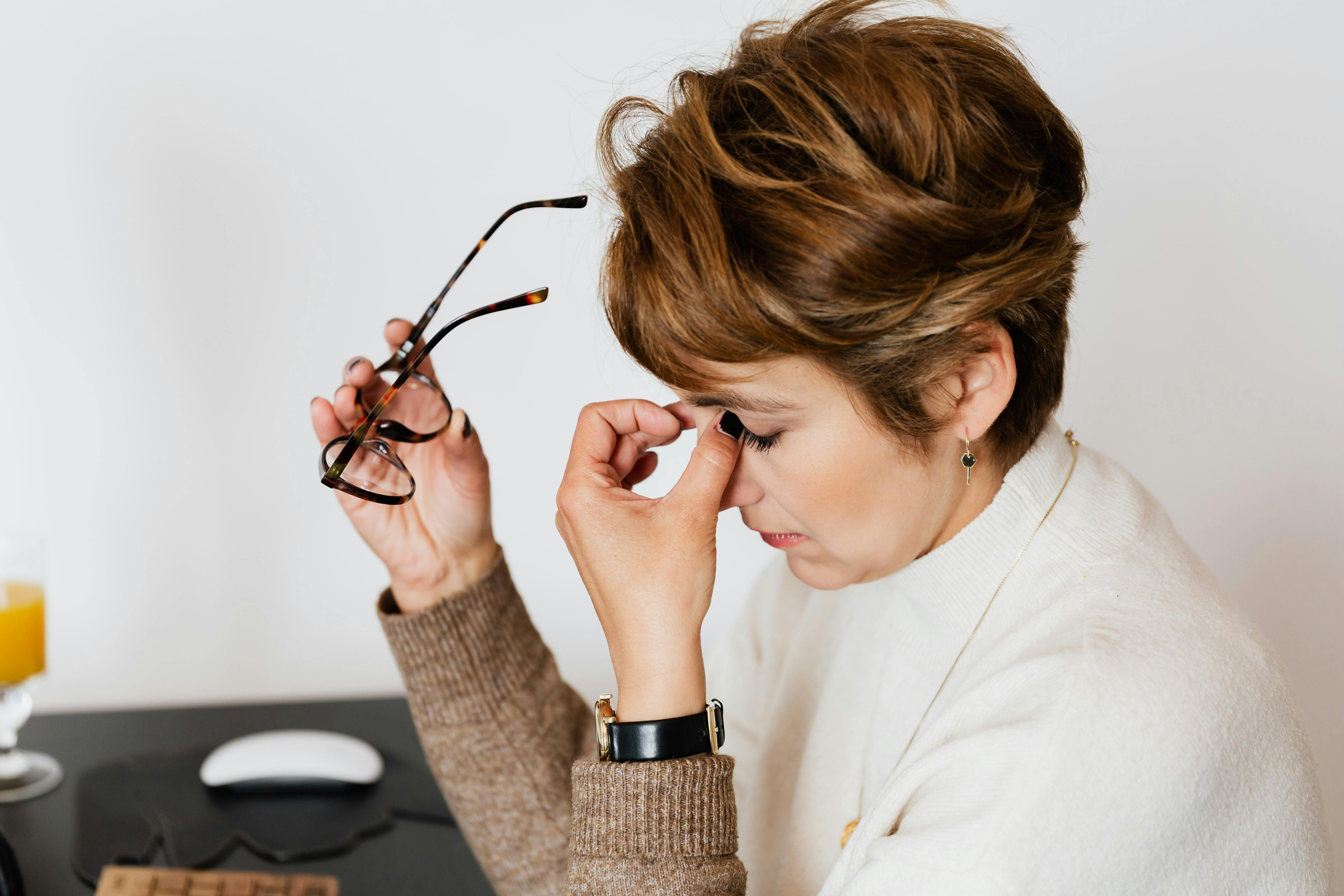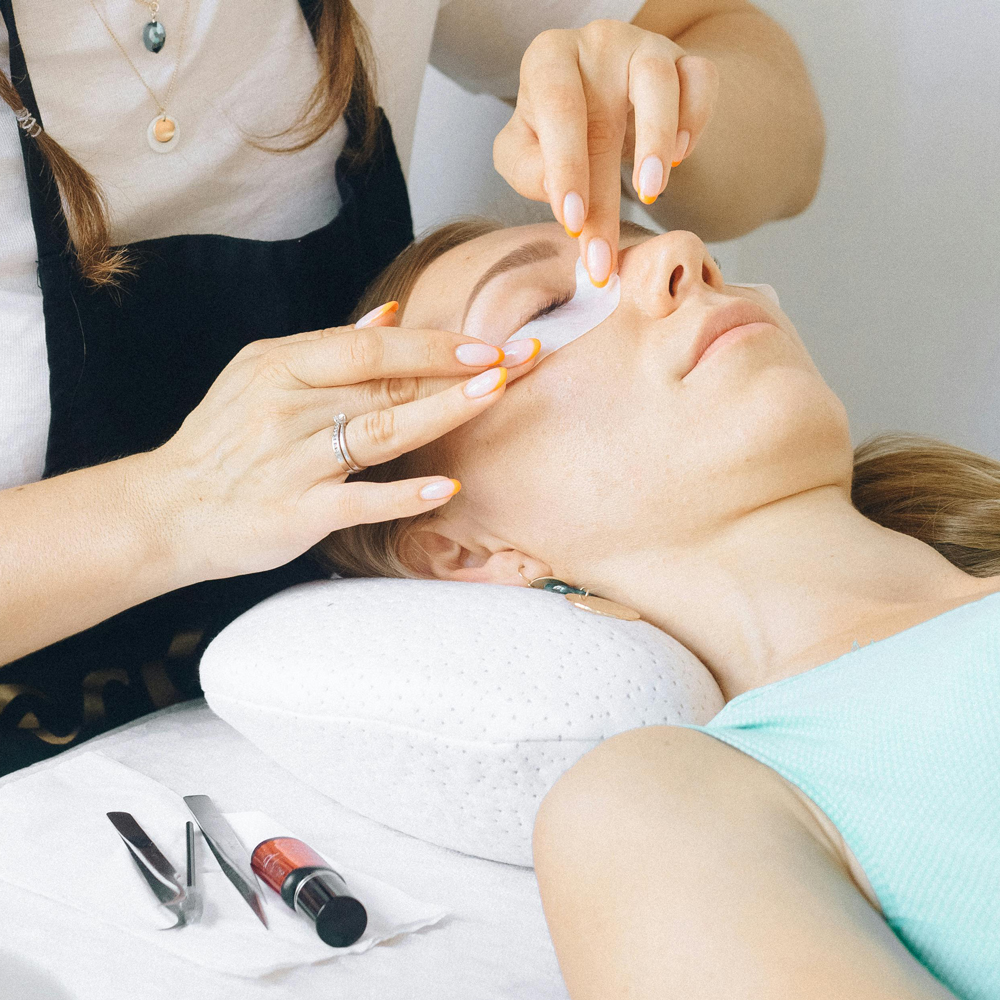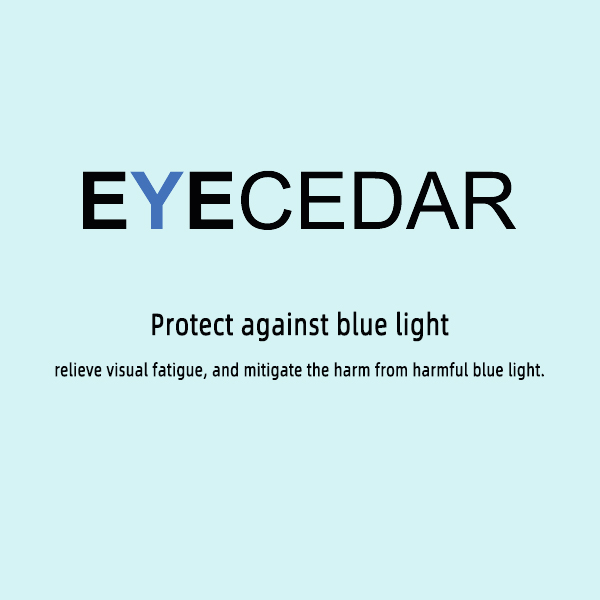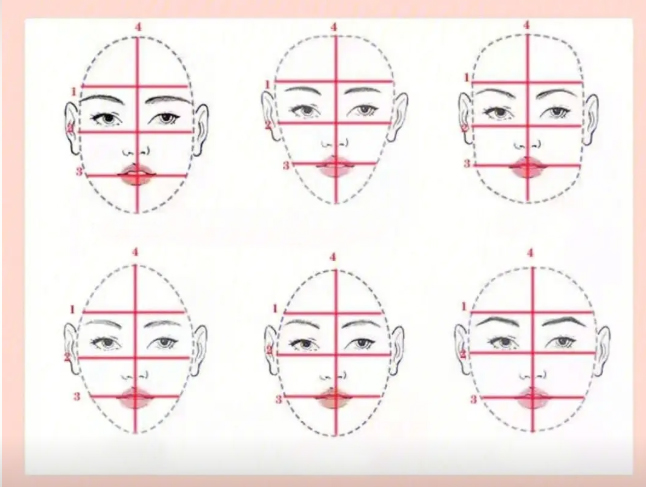I. Introduction
The eyes are some of the most delicate organs in our body, enabling us to perceive the world around us. However, foreign objects frequently find their way into the eyes, causing discomfort and potential damage if not addressed properly. Whether it's a grain of sand, an eyelash, or a small piece of debris, knowing how to safely remove it is essential for your eye health. This guide will walk you through effective methods to remove foreign objects from your eye while offering tips on preventing these incidents in the future.

II. Causes of Foreign Objects in the Eye
A. Outdoor Activities
When participating in outdoor activities such as hiking, cycling, or gardening, our eyes can be exposed to elements like wind, sand, and dust, which can lead to foreign objects entering the eyes. For example, on a windy day at the beach, sand can easily be blown into the eyes, causing irritation.
B. Workplace Hazards
In certain industries like construction or metalworking, the risk of foreign objects entering the eye is significantly higher. Workers may encounter flying debris, such as wood splinters or metal shavings, especially if protective eyewear is not worn. To avoid this, consider using rectangle safety glasses protective eyewear to shield your eyes from these hazards.
C. Daily Life Incidents
Even in daily activities like applying makeup or working with electronics, foreign objects can accidentally get into your eyes. For instance, an eyelash may fall into your eye during makeup application, or dust from the environment can be blown into your eye while using a computer.
III. The Dangers of Leaving Foreign Objects in the Eye
A. Irritation and Pain
The immediate effect of a foreign object in the eye is irritation. The cornea, being highly sensitive, reacts to any intrusion, often resulting in pain or discomfort. This can range from a mild irritation to sharp, stabbing pain.
B. Risk of Infection
A foreign object can scratch the surface of the eye, leading to potential infection. Bacteria entering through the scratch can cause conditions like conjunctivitis or corneal ulcers, which can be severe and lead to vision loss if left untreated.
C. Vision Impairment
Foreign objects that cause damage to the eye’s optical system can lead to vision impairment. Even a small scratch on the cornea can scatter light entering the eye, resulting in blurred vision. Over time, the presence of the foreign object can cause permanent damage to your vision.

IV. Common Mistakes When Trying to Remove Foreign Objects from the Eye
A. Rubbing the Eye
Rubbing your eye is a common but harmful reaction when something gets stuck. It can push the foreign object deeper into the eye or cause more damage to the cornea, increasing the risk of infection.
B. Using Sharp Objects
Using sharp objects like tweezers or needles to remove the object can lead to serious injury. The eye is incredibly delicate, and even a small mistake can cause lasting damage, including potential vision loss.
C. Using Unverified Home Remedies
Some home remedies, such as using saliva or harsh chemicals, can introduce harmful bacteria or chemicals to the eye, exacerbating the problem instead of solving it. It’s essential to avoid these unproven methods.

V. Step-by-Step Guide to Removing Foreign Objects from the Eye
A. Wash Your Hands
Before you attempt to touch your eye, always wash your hands thoroughly to avoid introducing additional contaminants into the eye.
B. Blink and Tear
Start by blinking rapidly. The natural tearing mechanism can help flush out the foreign object. Try moving your eyes in different directions to guide the object to the corner of the eye for easier removal.
C. Flush the Eye with Clean Water
If blinking doesn’t help, flush the eye with lukewarm water. You can do this by gently pouring water into the eye from a clean container. This helps wash out particles without causing harm.
D. Use an Eyewash Solution
If clean water is not enough, use an eyewash solution. These are specifically formulated to be gentle on the eye and effective at flushing out debris.
E. Remove with a Cloth or Tissue
If the object is easily visible, you can try to remove it with a clean, moist cloth or tissue. Gently touch the object, ensuring you don't press too hard.
F. Seek Medical Attention
If the object remains or if you experience pain, swelling, or vision changes, seek medical attention immediately. An eye doctor can remove the foreign object safely and address any damage.

VI. Prevention of Foreign Objects Entering the Eye
A. Wear Protective Eyewear
When engaging in activities where foreign objects might fly into your eyes, such as woodworking or sports, wearing protective eyewear is crucial. Rectangle protective eyewear is an excellent choice as it provides full coverage and protection against flying debris.
B. Be Cautious Outdoors
In windy or dusty environments, sunglasses or protective eyewear can help shield your eyes from potential irritants. This is especially important when gardening or working in areas with high levels of dust.
C. Maintain Good Hygiene
Washing your hands regularly and avoiding touching your eyes with dirty hands can help prevent foreign objects from entering the eye. It’s also important to be cautious when applying makeup or using electronic devices.
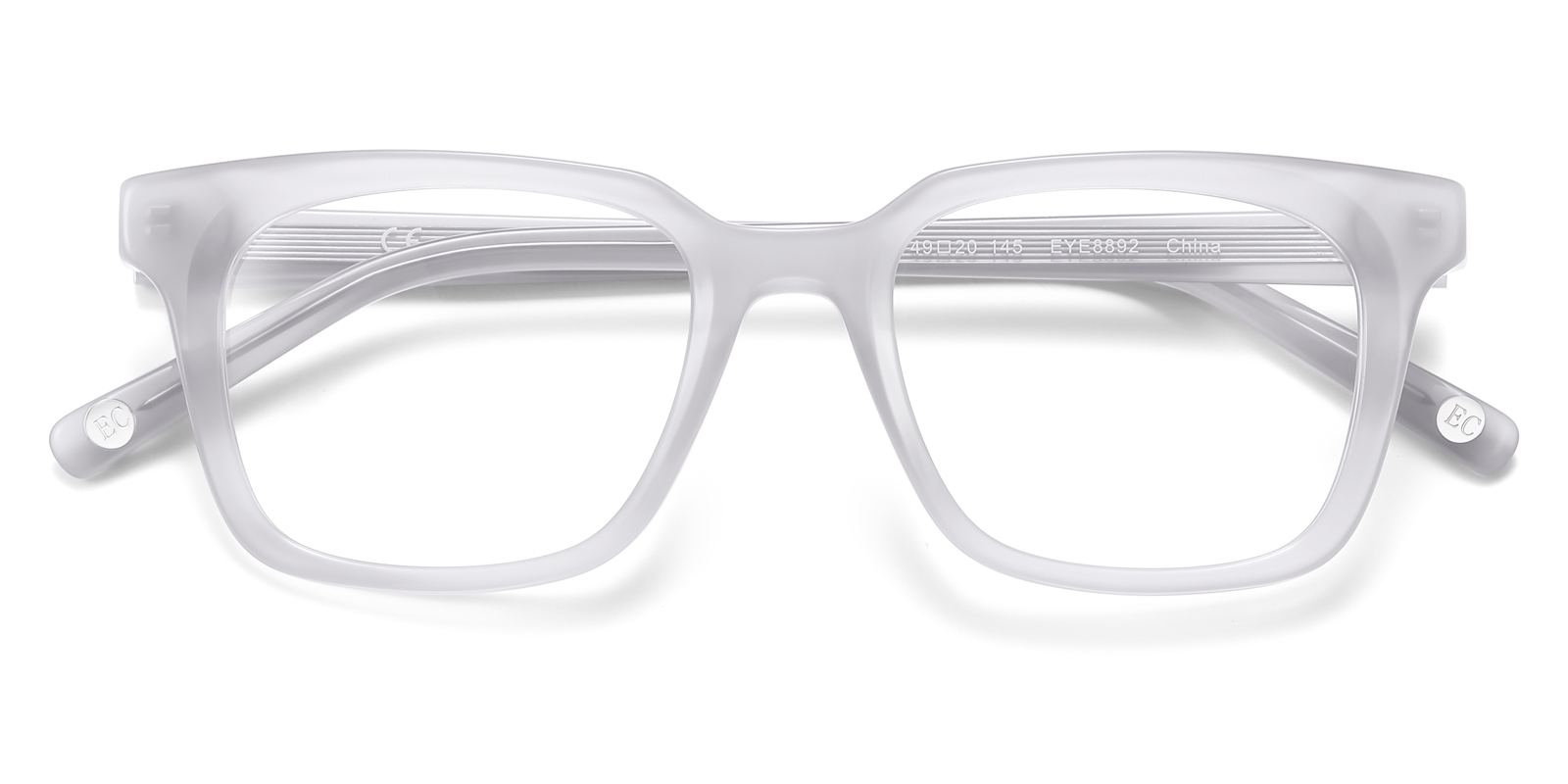
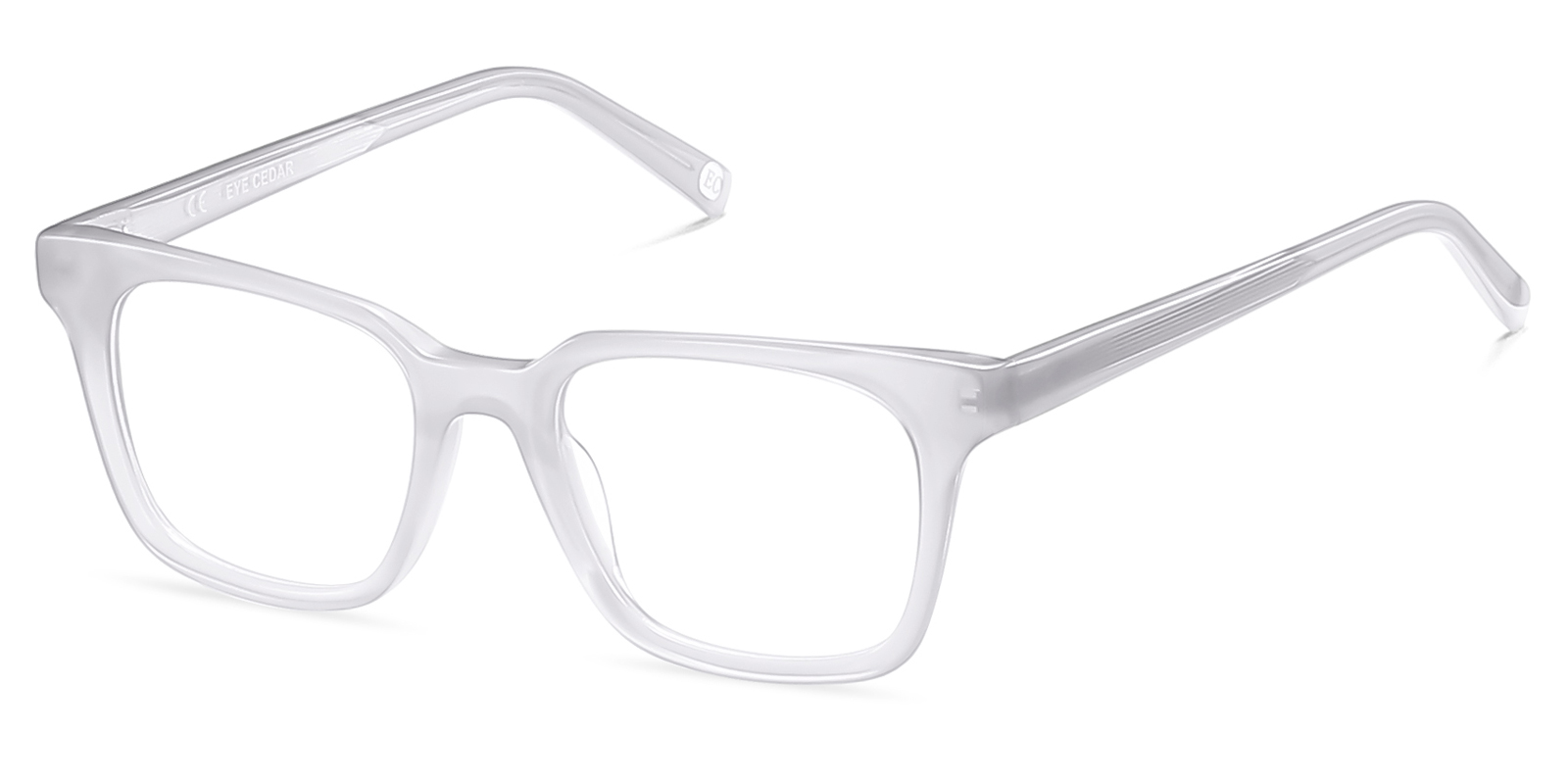
VII. Conclusion
Removing a foreign object from your eye requires careful handling and patience. By following the correct steps, avoiding common mistakes, and taking preventive measures, you can keep your eyes safe. Remember, if you're ever unsure, it’s always best to seek professional medical help. Protecting your eyes, whether with rectangle safety glasses protective eyewear during work or rectangle glasses in daily life, is the best way to prevent potential injuries.

